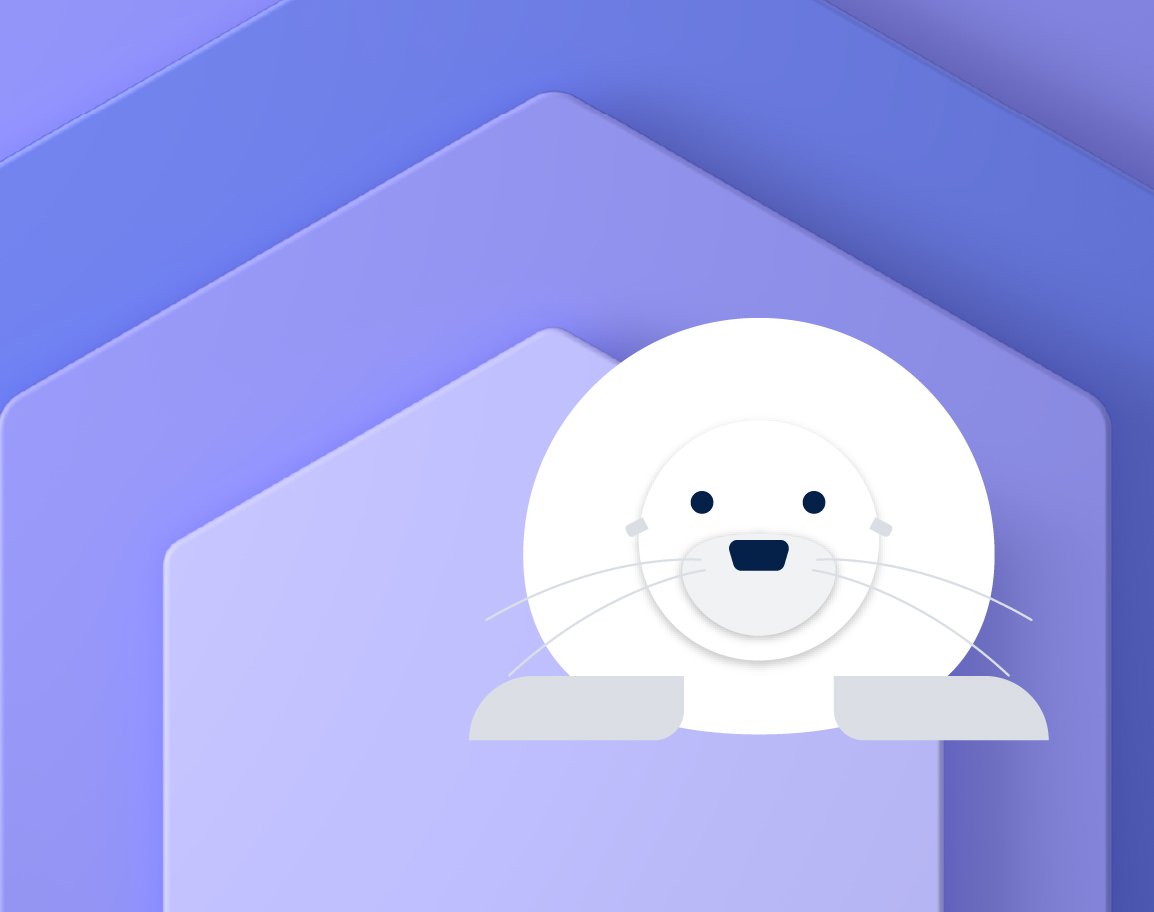Saving future lives
500+ UCSF investigators are researching cures for hundreds of childhood and adult diseases.


A headache is pain felt somewhere in the head or neck. Headaches are common and can affect people of all ages, including children and adolescents.
Headaches can occur on their own or as a symptom of another condition. Most are harmless and go away within a few hours, but having headaches can impact your child's life, both at home and at school. Severe or recurring headaches, especially those accompanied by other symptoms, may indicate a more serious disorder and should be evaluated by a doctor.
Our approach to headaches in children
UCSF's Pediatric Headache Program was the first on the West Coast to focus on diagnosing and treating severe or frequent headaches in children. The team includes pediatric neurologists who specialize in headaches. They work closely with kids and their primary care doctors to deliver lasting headache relief.

Ranked among the nation's best in 11 specialties

One of the nation's best for neurology & neurosurgery

in NIH funding among U.S. neurology programs
A headache that occurs on its own is called a primary headache. A headache caused by another condition is a secondary headache.
Kids may experience the following types of primary headaches:
Upper respiratory infections, such as a cold, flu or sinus infection, are a common cause of secondary headaches in children. The headache occurs alongside other infection symptoms, such as sinus pressure and a stuffy nose. As the infection clears up, the headache symptoms should improve. Secondary headaches can also develop after a head injury.
Rarely, secondary headaches in kids are caused by:
Take your child to a doctor right away if they have a headache that:
Take your child to their pediatrician if their headaches:
If the doctor thinks your child needs specialized care for headaches, you'll be referred to a pediatric neurologist.
The doctor will review your child's medical history and ask questions about the headaches. They may also perform a physical or neurological exam.
If the doctor suspects that an underlying condition is causing the headaches, they may order medical tests, including blood analyses or imaging tests such as an MRI or CT scan.
A headache diary can help the doctor determine what type of headaches your child is having as well as the best treatment approach. Every time your child has a headache, note down:
If your child is very young, their behavior may be the best indicator of a headache. Your child may be fussy or unable to sleep. Young children with a migraine may look pale, be less active than normal, cry or throw up.
If your child has a mild headache and doesn't need medical attention, you can try home care measures, such as:
If you give your child acetaminophen (Tylenol) or ibuprofen (Motrin, Advil) for headache pain, be sure to check the label to determine the right dose for your child's weight. Also, be aware that taking more than two to three doses per week can lead to medication overuse headaches, meaning the headaches will get more painful and more frequent and the medication won't ease the pain. If your child has developed medication overuse headaches, you should stop giving them the medication and work with their doctor to find a more effective treatment.
If your child has secondary headaches, they should be treated for the underlying illness or injury as well as their headache pain.
Children with primary headaches – such as tension-type headaches and migraines – may be prescribed medications to relieve their pain and prevent the headaches from recurring. The treatment plan may include identifying any factors that trigger your child's headaches, so your child can avoid them as much as possible. Healthy lifestyle changes may help, too. These include:
UCSF Benioff Children's Hospitals medical specialists have reviewed this information. It is for educational purposes only and is not intended to replace the advice of your child's doctor or other health care provider. We encourage you to discuss any questions or concerns you may have with your child's provider.
Saving future lives
